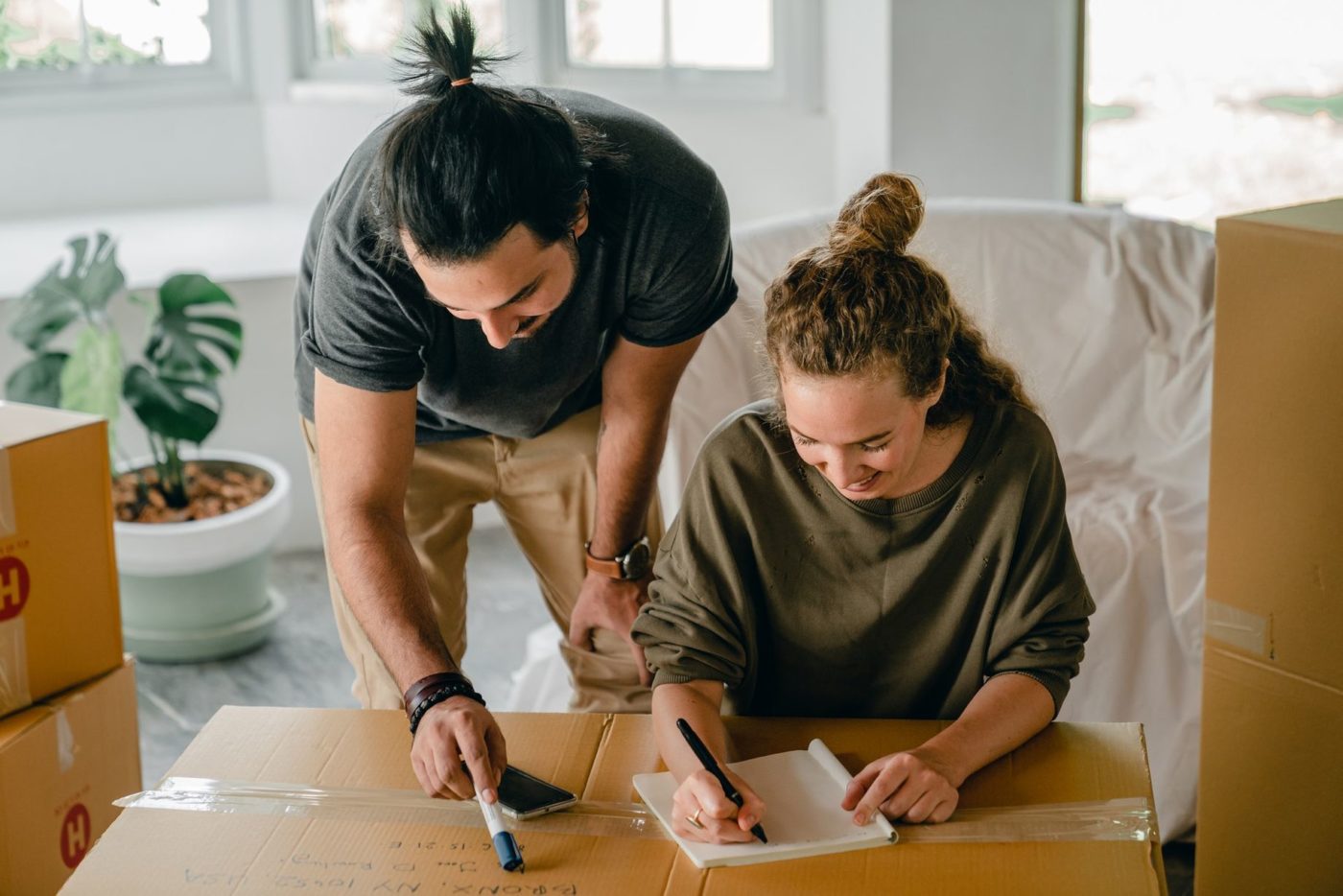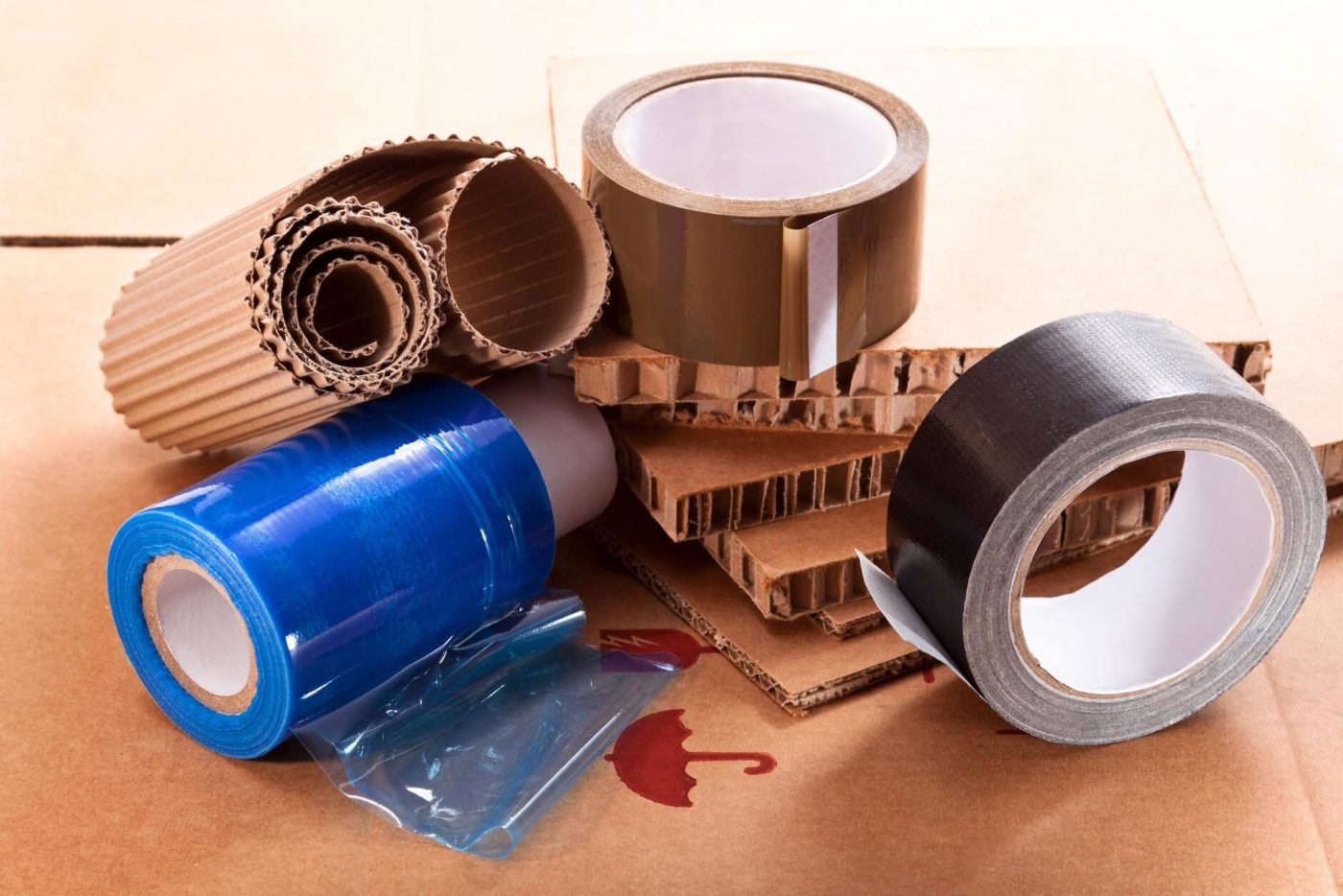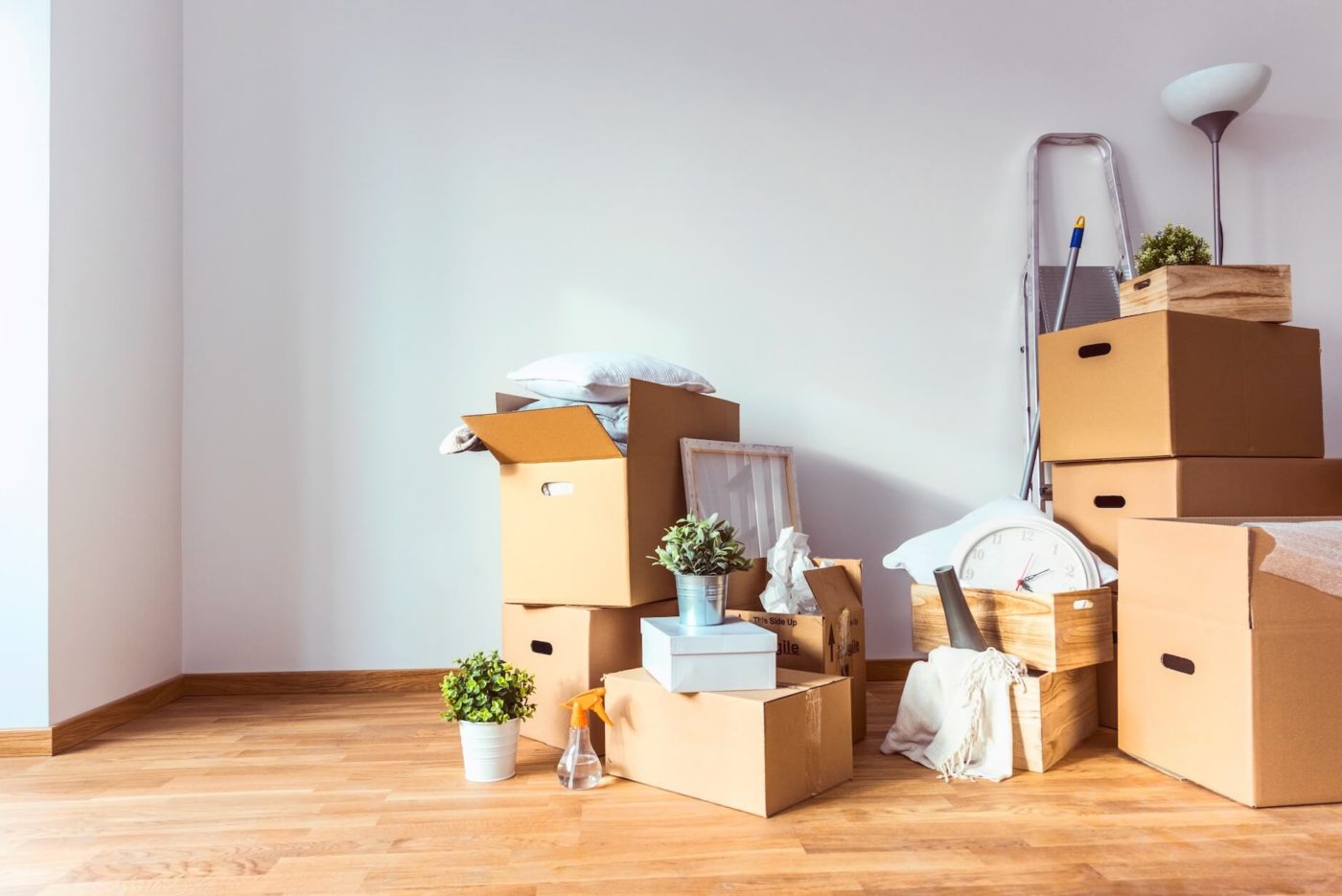This step involves carefully examining each antique to identify fragile areas or weak points that may require extra protection. An antique porcelain vase may have thin sections prone to cracking, while a vintage wooden chair might have loose joints.
By understanding these vulnerabilities, it is possible to determine the best method for wrapping and cushioning each piece. Pay close attention to any existing damage or wear, as these areas will need additional reinforcement.











